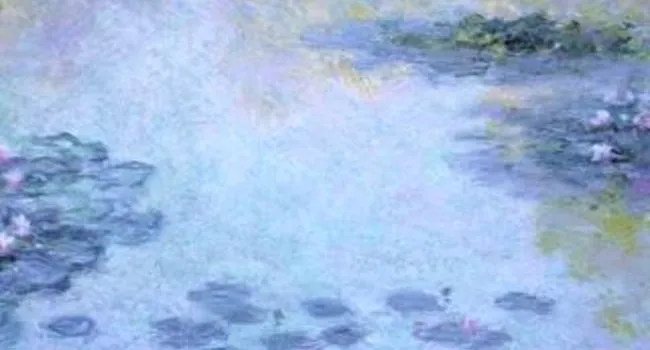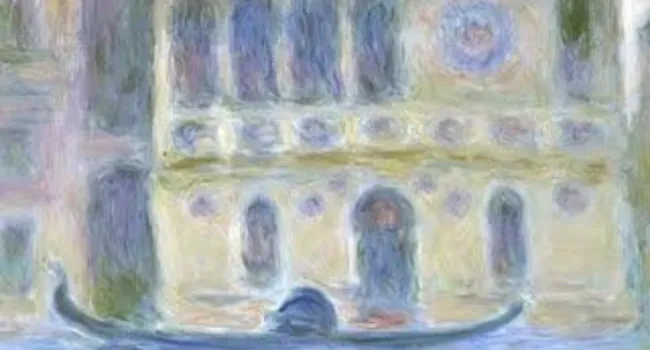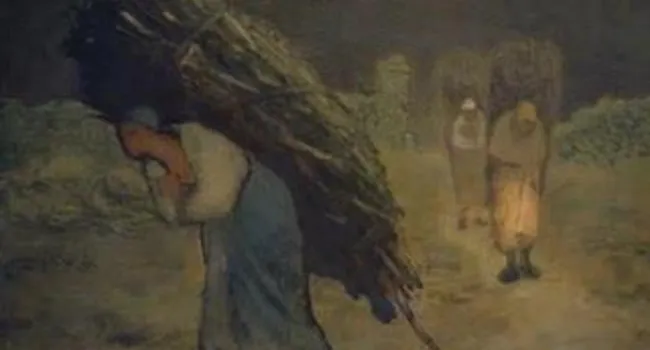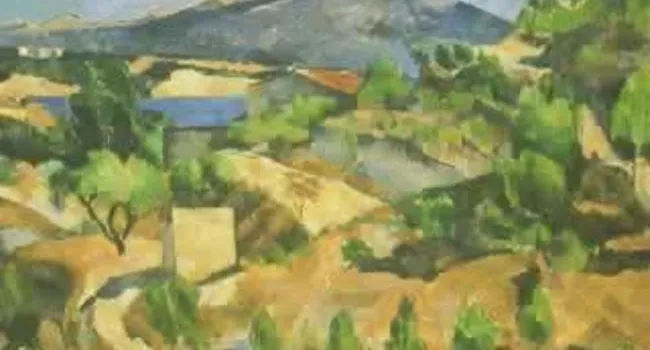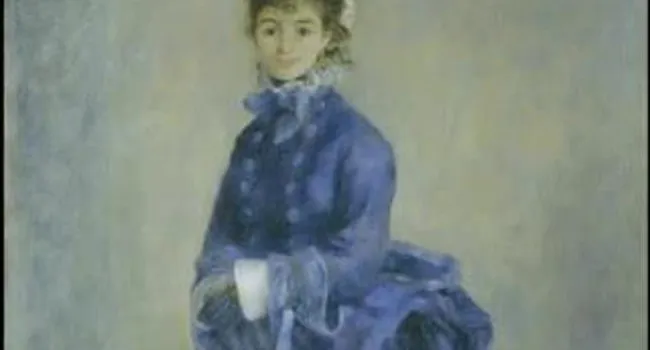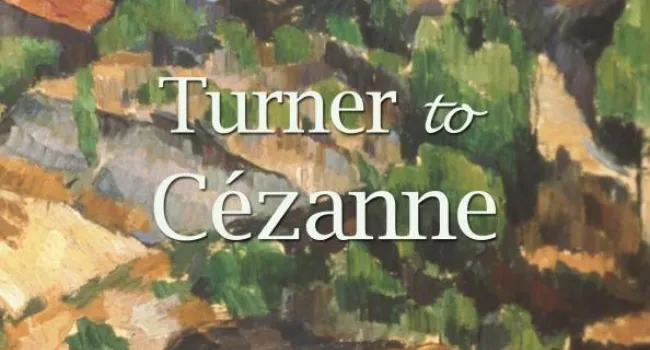ABOUT THE PAINTER
Edouard Manet was one of the earliest nineteenth-century French artists to depict the scenes of modern life that would become a mainstay of Impressionist subject matter. Painted during the siege of Paris during the Franco-Prussian war, in which Manet had enlisted as a guardsman, this work is a particularly bleak scene showing a snow-covered wasteland near the church of Saint Pierre du Montrouge on the outskirts of the city. The painting’s apparent spontaneity—there is no underdrawing on the fine-woven linen canvas, and the hastily applied brushstrokes suggest forms rather than describe them—has led some to believe that this may be Manet’s first “Impressionist” scene. While the paint was still wet, Manet inscribed the painting “A mon ami H. Charlet,” most likely a dedication to a fellow guardsman. It was purchased by Gwendoline Davies in 1912, the year in which the sisters began to acquire Impressionist art. It was a bold and unusual choice, and, as it transpired, an extremely farsighted one.
MORE ABOUT THE PAINTING
Oil on canvas, 24 1/4 x 19 7⁄8 in.
Purchased by Gwendoline Davies, 1912
National Museum of Wales; Miss Gwendoline E. Davies Bequest, 1951 (NMWA 2468)
Courtesy American Federation of Arts


